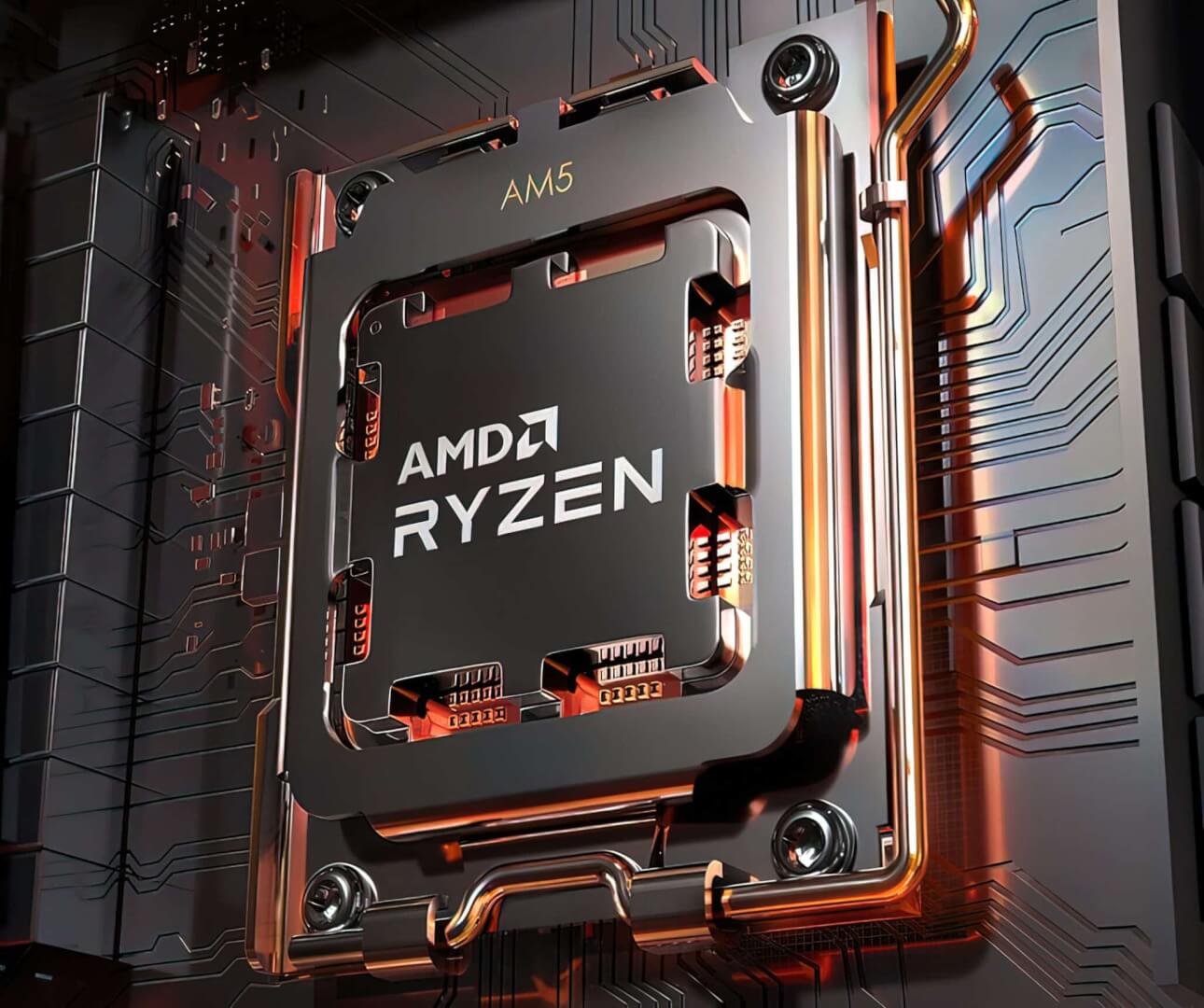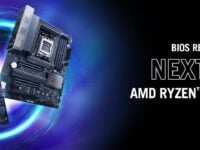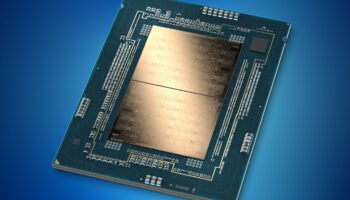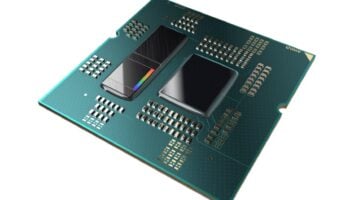Angstronomics has published another excellent report, this time on AMD’s upcoming Ryzen 7000 processors shedding light on the transistor density, architecture, and much more. Let’s start with the key figures. The Zen 4 CCDs (chiplets/dies) will continue to feature an eight-core configuration but on a much denser and more efficient node: TSMC’s 5nm or N5 process. Each CCD will sport a total of 6.57 billion transistors, 58% more than Zen 3 (4.15B) despite taking up 10% less area.
This may seem like a good thing at first but it’s a double-edged sword really. For starters, yes, you can fit more logic onto the same-sized die, it does make it much harder to cool the chip. For example, the average transistor density soars from less than 50 MTr/mm^2 on Zen 3 to over 90 MTr/mm^2 on Zen 4, pretty much doubling in a span of 2 years.
Since you’ve got a lot more gates in a given area, the heat generated per mm^2 also spikes. The Zen 4 dies powering the Ryzen 7000 processors top out at 2W/mm^2, all the while having a smaller IHS (part of the CPU that touches the heatsink and permits cooling). In short, you’ll need a high-end cooler to attain the marketed boost clocks. Going with a cheap aftermarket option may lead to a notable drop in performance.
Enough about thermals. Let’s talk about the Zen 4 core architecture and talk about what has changed since Zen 3. AMD has focused on two areas: The front end and the execution units. The former has been widened to keep up with the backend. The primary changes come in the form of a larger micro-op cache (50% bigger than Zen 3) which grows from 4K to 6K entries, making it bigger than the L1i cache. This will reduce the load on the latter, improving efficiency while also making the decoders work less.
The backend has primarily undergone changes with respect to the execution units (EUs). They have been modified to support AVX-512 instructions using the same 256-bit ports as Zen 3. We’re almost certainly looking at two units working together to execute 512-bit instructions. As per Angstronomics, the AVX512 performance should be on par with Intel’s Sunny Cove core featured in Ice Lake. This means that the upcoming Sapphire Rapids-SP leveraging Golden Cove cores may be faster in AVX512 heavy workloads.
Thanks to Angstronomics for the info. Go and check out their article.






